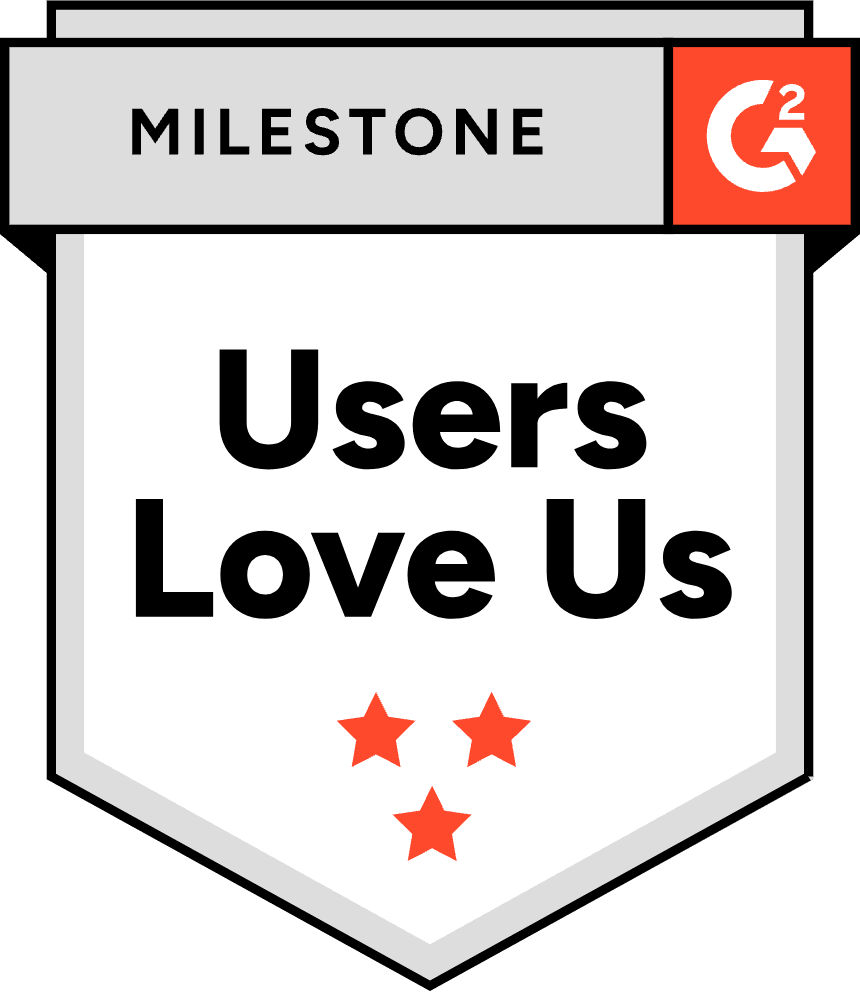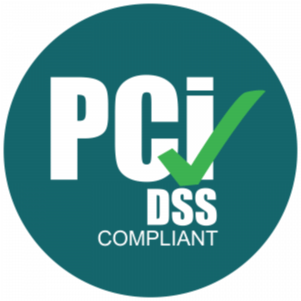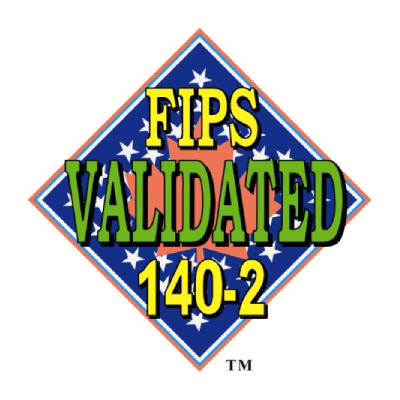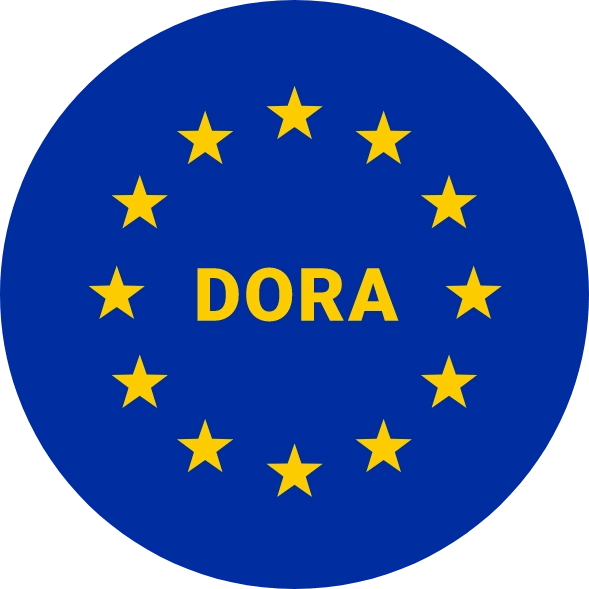What is Secrets Management for Audits?
Secrets management is a set of tools and practices focusing on securely managing authentication credentials, such as passwords, tokens, and keys. Auditing secrets management as part of a standard security audit involves evaluating multiple aspects of handling this sensitive information.
Organizations need to meet varying compliance standards based on industry and operational jurisdictions. Each individual compliance regulation will evaluate secrets management in different ways, making understanding and meeting requirements a business imperative.
Typically, security audits focus on external parties who evaluate adherence to specific compliance requirements. Centralized secrets management makes it much easier to pass these audits as all necessary information and access is already tracked. The right platform creates audit trails while providing the necessary level of security to make passing audits straightforward.
The Secrets Management Lifecycle
While we won’t dive into the entire lifecycle, be aware that compliance audits may evaluate different stages or how you manage the entire lifecycle. Secrets management stages are:
- Creation
- Rotation
- Revocation
- Expiration
Keep these core stages in mind when considering how specific compliance regulations apply to internal and external audits.
What Should the Auditing Process Entail?
Compliance audits will look for specific elements of your secrets management practices. While different compliance regulations will have varying specific items to consider, the overall auditing process typically includes the following:
- Evaluating audit trails: Compliance audits will likely require thorough secret access audit trails, necessitating the right tools to document all stages in the secrets lifecycle. Audit trails should include data such as:
- When a secret was created
- If it was properly rotated and who completed the process
- Who last used the secret
- Reviewing policies and procedures: What documented guidelines are in place that dictate specific secrets management processes? It’s common for compliance audits to evaluate this documentation to make sure your organization is meeting specific regulations.
- Inspecting technical implementations: You may have documented procedures that meet requirements, but how are those procedures implemented? Do you have the right tools and systems to follow up on stated processes? Internal auditors should regularly evaluate this element, as most external audits will focus on implementation. A central secrets management will provide proof of procedure implementation to simplify this step.
- Testing access controls: One technical implementation that will most likely be tested is access controls. The auditor will verify that only authorized users are able to access secrets and that access attempts are properly monitored and logged. Leveraging the right centralized platform for secrets management will create these logs automatically, which can then be reviewed by auditors.
- Assessing compliance-specific requirements: External audits will compare your tools and processes to their regulatory requirements. This may include the above items and extend to other criteria you need to adhere to.
Compliance Standards that Need Effective Secrets Management
Many businesses need to meet one or more compliance standards, and many of them involve having the right secrets management program in place. So, let’s explore several common compliance regulations as they relate to secrets management.
PCI DSS
The Payment Card Industry Data Security Standard (PCI DSS) mandates effective protection of cardholder data. Managing access to this data requires robust secrets management to prevent unauthorized access while also creating detailed audit trails of secret usage.
ISO/IEC 27001
The International Organization for Standardization (ISO) certification ISO/IEC 27001 requires adherence to strict standards for IT security, including secrets management. Achieving this certification is time-intensive and costly, making it critical to implement effective secrets management from the ground up.
HIPAA
The Health Insurance Portability and Accountability Act (HIPAA) necessitates protecting sensitive patient data, specifically patient records. Secrets management handles the credentials of authorized personnel used to access patient data. It creates comprehensive audit trails of when, who, and where people use credentials.
GDPR & CCPA
The General Data Protection Regulation (GDPR) requires strong data privacy and security of the personal data of all EU citizens. Secrets management is necessary to create audit trails of when sensitive data is accessed while preventing unauthorized credential usage. The California Consumer Privacy Act (CCPA) has similar requirements for managing access to sensitive data.
NIST SP 800-53
The National Institute of Standards and Technology (NIST) standard SP 800-53 provides a set of requirements for security controls for managing access to any sensitive systems or data. As a result, security management expectations are detailed and will be audited to ensure compliance. NIST also sets encryption standards, such as FIPS 140-2 and FIPS 140-3. It’s crucial to use the right platform that allows you to implement these encryption standards.
CMMC
The Cybersecurity Maturity Model Certification (CMMC) for defense contractors details strict requirements for managing access to control unclassified information. Adopting the right secret management tools and procedures is critical to meeting these standards and avoiding penalties for non-compliance.
Challenges of Secrets Management for Audits
It can be challenging to adopt comprehensive secrets management technologies and processes that provide effective protection and prepare for compliance audits. Let’s explore a few common challenges to be aware of:
- Managing scale and complexity: The amount of secrets that must be managed will likely grow alongside your organization, as will the complexity of your IT ecosystem. Implementing the right technologies and processes from the ground up will go far in helping manage more complex environments.
- Navigating multiple compliance regulations: Organizations will likely need to meet multiple regulations depending on their industry and jurisdiction. Identifying when specific requirements overlap and when they do not is crucial to effectively managing all applicable criteria.
- Not following lifecycle guidelines: Secret lifecycle management is exceedingly difficult when you need to meet specific guidelines set out by compliance regulations. Each secret in the organization needs to move through each stage as laid out while also creating detailed audit trails. Detailed procedures and the right tools can make lifecycle management much more straightforward.
- Lacking internal audits: You may not be required to conduct internal audits, but failing to conduct them can create poor results from external audits. Depending on the situation, you may incur fines, penalties, or shutdowns if you don’t meet requirements. Internal audits let you identify issues and implement corrective actions before official compliance audits.
- Implementing automation: Automation can go far in improving the security and efficiency of secrets management. However, failing to implement automation correctly can create more problems than it solves. That’s why it’s crucial to carefully test and implement automation incrementally rather than trying to implement all available tools simultaneously.
You can overcome each of these challenges by utilizing the right tools and procedures from the beginning. Take the time to tactfully enact and grow your secrets management program to be ready for external audits.












